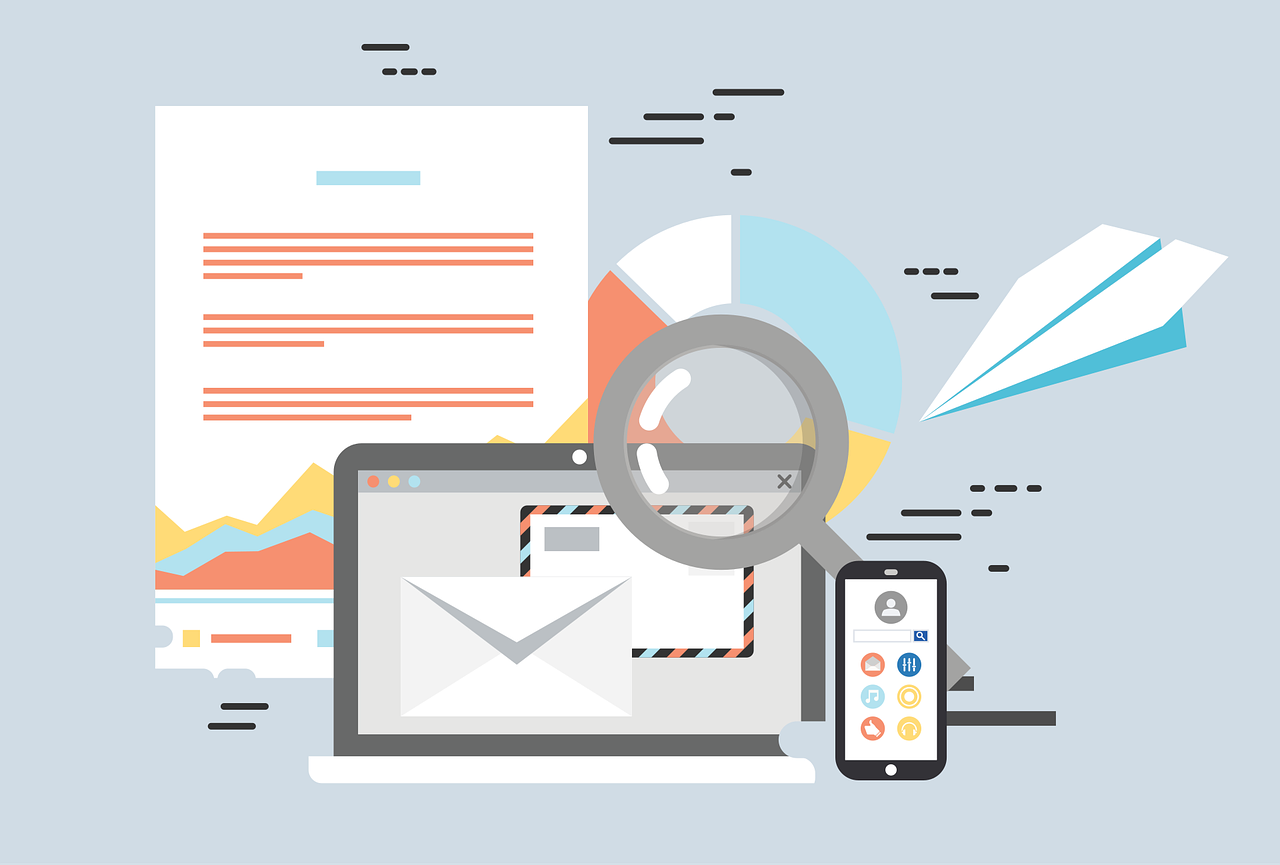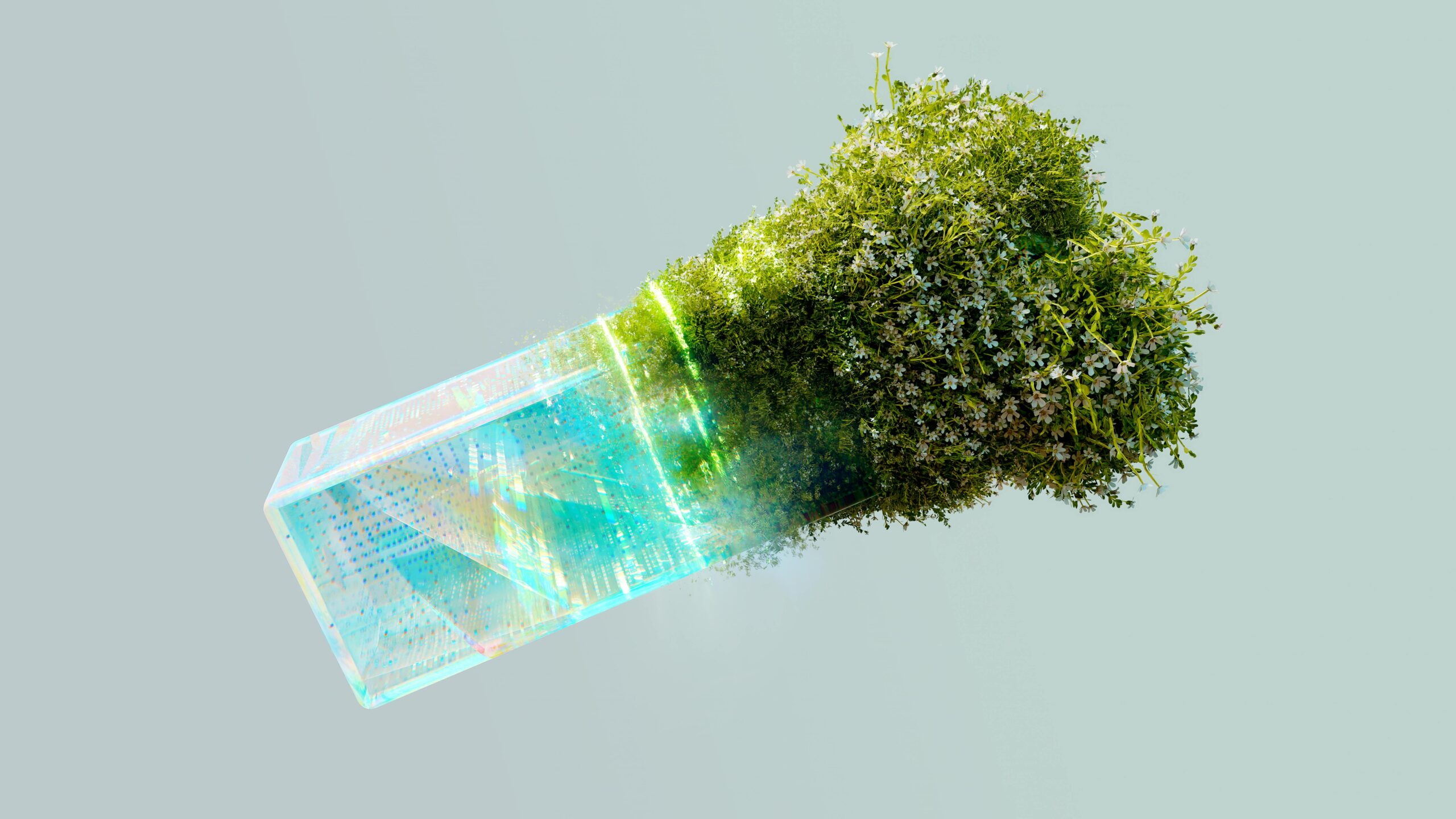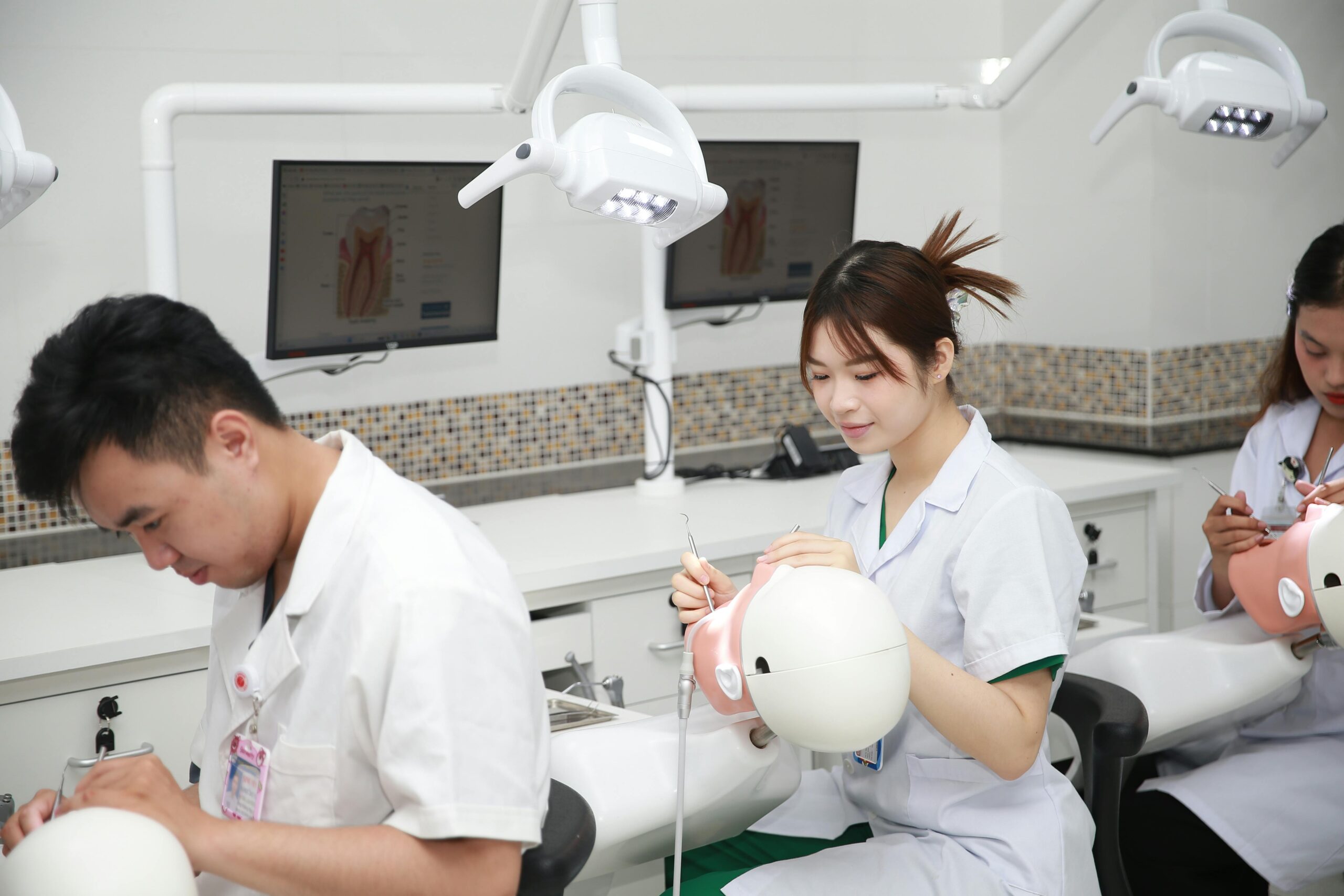BIO REVOLUTION
Life sciences have made great advances in the past years. The life sciences and the digitization megatrend are becoming increasingly intertwined, enabling a Bio Revolution generating new inventions that impact the daily lives of everyone. This revolution is reinforced by rapid increases in computing power and the emergence of new capabilities in Artificial Intelligence, automation, and data analytics, further accelerating the pace of innovation. A new wave of innovation is being fueled by a confluence of advances in biological science and the accelerating development of computing, automation, and artificial intelligence. This Bio Revolution would have a significant impact on economies and the lives of people, from health and agriculture to consumer goods, and energy and materials. Like the industrial revolution, the Bio Revolution represents a convergence of technologies, with advances in biological science being driven forward by developments in computing, automation and artificial intelligence
Innovations at times come with profound risks rooted in the self-sustaining, self-replicating, and interconnected nature of biology that argue for a serious and sustained debate about how this revolution should proceed. Accidents can always have major consequences. Especially if used unethically or maliciously, manipulating biology could become disastrous. Much like Pandora’s box that, once opened, unleashes lasting damage to the health of humans, ecosystems, or both. The risks are particularly acute because many of the materials and tools are relatively cheap and accessible. Also, tackling these risks is complicated by a multiplicity of jurisdictional and cultural value systems, which makes collaboration and coordination across countries difficult.
However, new biological applications are already improving the response to global challenges including climate change and pandemics. The urgency of the global responses to the novel coronavirus illustrated substantial advances in biological science in just the past few years. The speed with which scientists sequenced the virus’s genome bore witness to the new world of biology described in this research. Yet, sequencing is just the start: biological innovations are enabling the rapid introduction of clinical trials of vaccines, the search for effective therapies, and a deep investigation of both the origins and the transmission patterns of the virus.
Developments in biotechnology have enormous potential for the welfare and well-being of humanity – through the production of vaccines for diseases that have not been treated before, increased food production, and prevention of many genetic diseases and malformations.
The biotechnology revolution with stem cell therapy, along with its benefits, holds enormous healing potential as well.
As much as 60 per cent of the physical inputs to the global economy could, in principle, be produced biologically—about one-third of these inputs are biological materials (wood or animals bred for food) and the remaining two-thirds are nonbiological (plastics or fuels) but could potentially be produced or substituted using biology. Therefore, it is possible that bio innovations could impact up to 60 per cent of physical inputs, although attaining that full potential is a long way off. Even modest progress toward it could transform economies, societies, and the lives of people. This would include what we eat and wear, the medicines we take, the fuels we use, and how we construct our physical world. In human health, at least 45 per cent of the current global disease burden could be addressed using science that is conceivable today.
A pipeline of about 400 use cases, almost all scientifically feasible today, is already visible. These applications alone could have a direct economic impact of up to $4 trillion a year over the next ten to 20 years. More than half of this direct impact could be outside human health in domains such as agriculture and food, consumer products and services, and materials and energy production. Taking into account potential knock-on effects, new applications yet to emerge, and additional scientific breakthroughs, the full potential could be far larger.
Major Trends in Biotechnology Today
There are many current trends involving genome modification of living organisms, including microorganisms, plants, and animals. These developments open up many potential applications of the bio revolution, such as promoting the production of biochemicals, increasing food production and maintaining better value for food.
There are several developments in other areas such as metabolic engineering and synthetic biology, which help to produce many chemicals and fuels rather than relying on fossils. In addition, there are many amazing developments in healthcare and the medical sector, including stem cell therapy, and many other things that help to address health problems.
Where will the Bio Revolution take us in the coming decades?
Bio Revolution through Biotechnology would become commonplace such as mobile phones and the Internet. A larger number of biotech companies would emerge, along with an increasing number of specialised companies.
The use of this technology would spread across geography, to every village and even in homes. It would also be possible to recycle the waste using biotechnology rather than discarding it.
Biotechnology can also help solve major national problems such as health care.
Healthcare costs around $ 8 trillion worldwide, which is very high, but biotechnology is expected to reduce this cost by finding effective prevention methods for different diseases and producing organs in the human body and cells.
By 2030, biotechnology will become part of human life and will be used in all areas of medicines and drugs for environmentally friendly chemicals and fuel production.
How the Bio Revolution Could Transform the Competitive Landscape for Companies at Large
A McKinsey Global Institute research found that more than half of the potential direct economic impact from changing biological technologies applied to nearly 400 use cases in multiple sectors, is outside of healthcare, notably in agriculture and food, materials and energy, and consumer products and services. The likely disruption of the Bio Revolution is vast and set to influence a wide range of industries. New crosscurrents are already emerging, with four rising to the top:
- the importance of biological capabilities as a source of competitive advantage
- the growth of platform-based business models accelerates scientific discoveries
- the opportunity for more personalization and precision products and services
- the spread of new relationships driven by barbell-shaped ecosystems
New entrants are preparing to take some markets by storm and incumbents in others are investing aggressively to stay in the game and win. Though, there is considerable uncertainty around the speed of technology development, commercialization, and consumer adoption, as well as around the response of regulatory agencies to these new opportunities. The complexities of biological technologies raise many new risks, ethical issues, and, at times, fear, far beyond the current paradigm of regulating biotech products in pharmaceuticals and agriculture. With the scope of change that lies ahead, working through those uncertainties and business shifts to the opportunities is a critical priority for leaders today.
APPLICATION OF BIO REVOLUTION IN DIFFERENT DOMAINS
Human health and performance – Applications include cell, gene, and RNA therapies to treat or even prevent disease, a range of anti-ageing treatments to extend lifespans, innovations in reproductive medicine, improvements to drug development and delivery and new predictive modelling of human health and disease. Many more options are being explored and becoming available to treat monogenic (caused by a single gene) diseases such as sickle-cell anaemia, polygenic diseases such as cardiovascular disease, and infectious diseases such as malaria. The direct annual global potential impact is estimated at $0.5 trillion to $1.3 trillion over the next ten to 20 years or 35 per cent of the total (including the impact from bio-machine interfaces).
Agriculture, aquaculture, and food – Applications in this domain include innovative new ways to conduct breeding of animals and plants using molecular or genetic markers that are many times quicker than established selective-breeding methods; new, more precise tools for the genetic engineering of plants; fast-developing work using the microbiome of plants, soil, animals, and water to improve the quality and productivity of agricultural production; and the development of alternative proteins including lab-grown meat. The direct annual impact could be between about $0.8 trillion and $1.2 trillion over the next ten to 20 years, or 36 per cent of the total.
Consumer products and services – Opportunities are opening up to use increasing volumes of biological data to offer consumers personalised products and services based on their biological makeup. Applications in this domain include direct-to-consumer genetic testing, beauty and personal care increasingly based on increased knowledge of the microbiome as microbiome testing spreads, and innovative approaches to wellness (or fitness) not only in humans but in pets. There could be an annual direct economic impact over the next ten to 20 years of $200 billion and $800 billion, or 19 per cent of the total (including the impact from bio-machine interfaces).
Materials, chemicals, and energy – New biological ways of making and processing materials, chemicals, and energy could transform many industries and the daily lives of people, although economics is challenging. Applications in this domain include innovations related to the production of materials such as improved fermentation processes, new bio routes utilising the ability to edit the DNA of microbes to develop novel materials with entirely new properties (self-repairing fabrics is one example), and building on advances in biofuels to innovate new forms of energy storage. Over the next ten to 20 years, the direct annual global impact could be $200 billion to $300 billion a year, or 8 per cent of the total.
Biology has many other potential applications, although some of these are likely to be further in the future. It could be deployed to help the environment through biosequestration—using biological processes to capture carbon emissions from the atmosphere—and bioremediation. The impact is also emerging in bio-machine interfaces and biocomputing where the science and development are at an early stage but applications seem promising. Applications that have already been developed include neuroprosthetics to restore hearing and vision.
Eventually, the impact would radiate out to almost every sector of the economy with effects on societies and the environment as biological innovation transforms profit pools, value chains, and business models. The impact could go much further, with biology potentially being used to address some of the great challenges of our time including mitigating climate change. From 2040 to 2050, the direct applications might reduce annual average man-made greenhouse-gas emissions by 7 to 9 per cent from 2018 emissions levels.
According to the researchers, Bio Revolution is bringing with it a new array of capabilities that will fundamentally transform how companies compete. Like the recent rise in data science and software-engineering skills, new specialty skills in fields such as genomics, molecular biology, biochemistry, and neuroscience would emerge and would be in increasingly high demand. It would indeed be the merging of digital skills with biological skills is a potent combination. These new capabilities would drive faster and cheaper production methods, creating better-performing inputs with superior characteristics, and, ultimately, delivering added-value products and services to end customers. It is thus no wonder that many players would try to gain a first-mover advantage.
Cost-saving capabilities. –New, more scalable fermentation and bioengineering processes would be able to replace traditionally expensive and resource-intensive production methods.
For example, Amyris now produces squalane, a moisturising oil used in many skin-care products, via the fermentation of sugars through genetically engineered yeast. Squalane traditionally has been obtained from processing deep-sea-shark liver oil, a costly and environmentally questionable source. Amyris’s new production method provides a pure, stable product in high volume at a low cost and from a renewable source.
Developing a better understanding of the economic benefits of new biological technologies would become increasingly important for incumbents striving to maintain a competitive edge.
Performance-enhancing capabilities – New biological production methods can also radically improve the quality and characteristics of products.
For example, US business startup Tandem Repeat produces self-repairing, biodegradable, and recyclable fabric using proteins encoded by squid genes. Other bioengineering methods aim to develop novel materials to meet consumer trends. Biotech company Zymergen is creating renewable biomaterials for optical films used in displays; hard, scratch-proof coatings; and flexible electronics circuits. These new, biologically enhanced inputs are set to propel a wave of innovation that may open new top-line opportunities.
To compete, companies would need to master not only the science and ability to innovate but also the ability to scale to industrial levels. Converting scientifically feasible methods into scalable and profitable business capabilities would help separate winners from losers. As companies navigate the flood of bio capabilities entering the market, assessing the direct and indirect impact on their business will inform the decision to invest in or source out these new capabilities. To identify, assess, and execute in this new marketplace, companies would need to build their knowledge associated with the Bio Revolution.
As with most revolutions, it is hard to imagine where exactly the bio revolution leads to till we see it unfold in reality. It is expected that the next few decades would see the introduction of a profusion of biological products across a wide range of industries that have the potential to disrupt business completely in unforeseen ways. Business leaders, scientists, and regulators would need to work together to engage on public concerns and ensure that innovations do not cross ethical boundaries—even while giving science and businesses the room to explore exciting new directions.
Please read more about Ande’s thought leadership on Future Businesses and the top 10 technologies that would prevail in our future times.
Bio Revolution | Genetic Engineering | Clean Energy | Virtual Reality | Sustainability | Nano Technology | Machine Learning | Internet of Things (IoT) | Artificial Intelligence | Cyber Security & Cloud Computing








